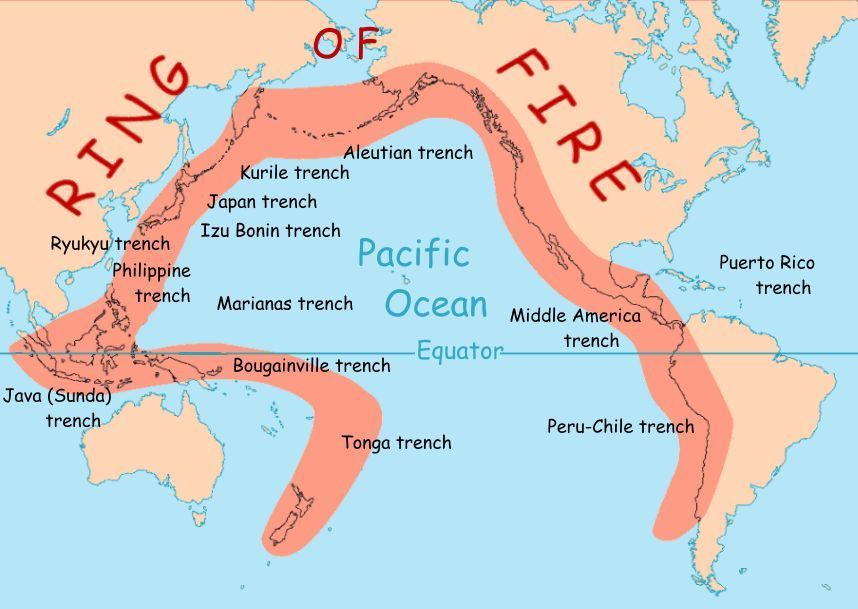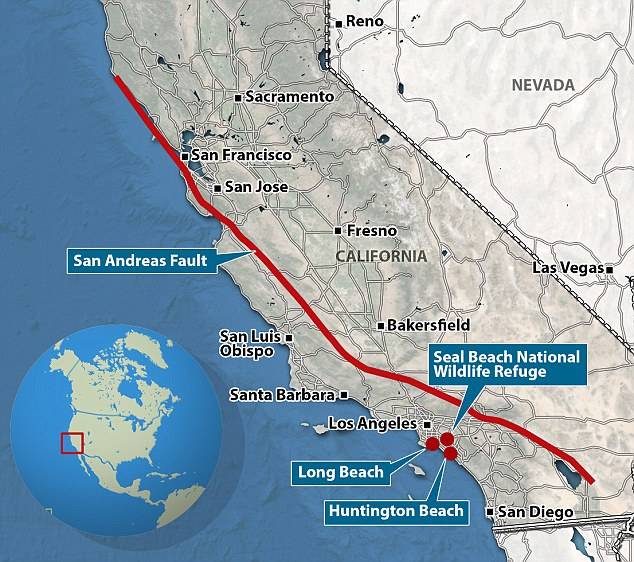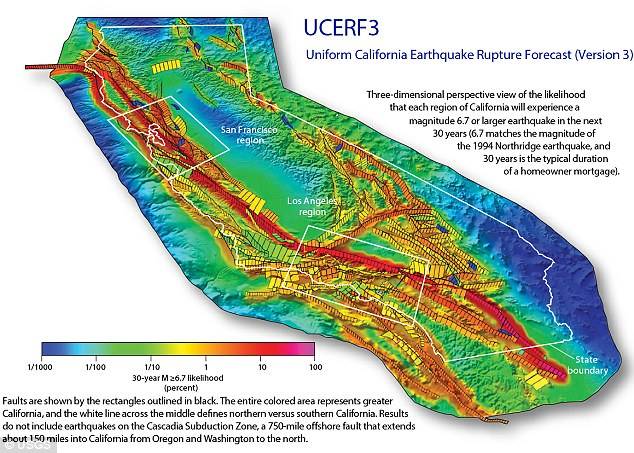Old Rocks
Diamond Member
The ring of fire has to do with subduction and tectonic movement of the plates. Hawaii is a hot spot, unrelated to the ring of fire. Same for Yellowstone.will the whole ''Ring of Fire'' volcanoes erupt eventually? Is the plate moving?




